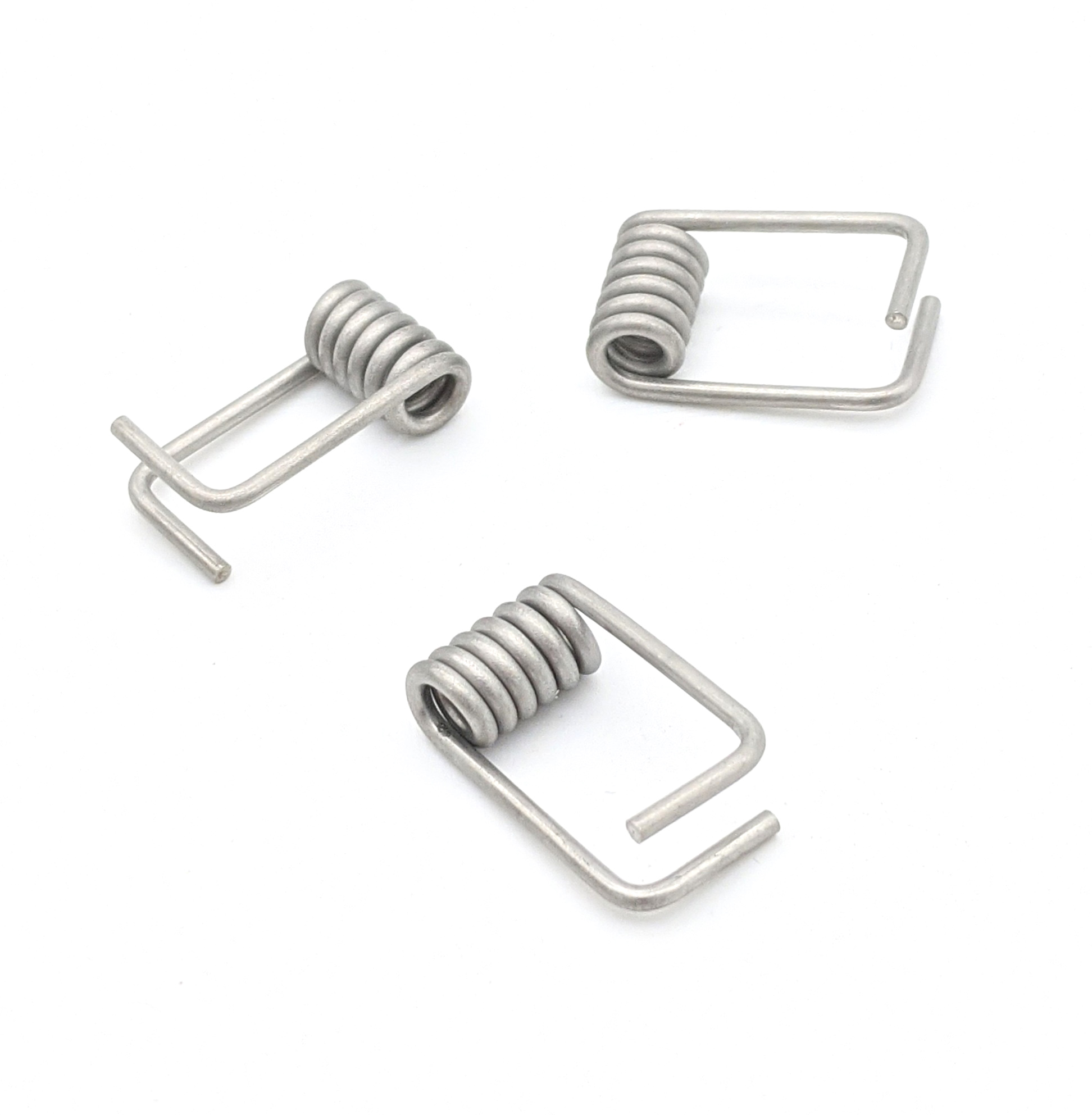Get unique, complex parts easily. No matter your requirements, Chaoyi Spring creates hard-to-produce coil springs and wire forms.
Let us help you create the custom wire form you need, from S-hooks and J-hooks to utility hooks and more.
We work closely with customers across a wide range of industries, helping them design and manufacture made-to-order parts.
Why choose Chaoyi Spring? We prioritize customer-focused collaboration, modern equipment and the latest technology to make your parts per print.
Find the information and guidance you need, from measuring a spring to learning about materials, placing an order and much more.
A garage door torsion spring is a crucial component that enables the door to open and close smoothly. Over time, these springs can wear out, lose tension, or even break,


A garage door torsion spring is a crucial component that enables the door to open and close smoothly. Over time, these springs can wear out, lose tension, or even break, making it difficult or dangerous to operate the door. Replacing a garage door torsion spring is a challenging task that requires specialized tools and expertise. This article will provide a comprehensive guide to understanding the process of replacing garage door torsion springs, covering safety precautions, choosing the right spring, and step-by-step instructions. We'll also discuss the importance of seeking professional help for this task.

Garage door torsion springs are powerful components that store energy to lift and lower the door. They are typically located above the door, attached to a shaft that runs along the length of the door. The springs are under significant tension and can be extremely dangerous if not handled correctly.
There are two main types of garage door torsion springs: extension springs and torsion springs. Extension springs are typically used on older garage doors and are located on the sides of the door. Torsion springs are more common on modern doors and offer greater lifting capacity and smoother operation.
As the springs age, they can lose tension, making it harder to open and close the door. Eventually, they may break altogether, leaving you with a heavy, inoperable door.
Replacing a garage door torsion spring is a potentially hazardous job. Here are some crucial safety precautions to take:
• **Never attempt to replace a garage door spring without proper training and experience.**
• **Always disconnect the door opener from the power source before working on the springs.**
• **Wear heavy-duty gloves and safety glasses to protect yourself from injuries.**
• **Use caution when handling the springs, as they can suddenly release and cause serious injury.**
• **If you have any doubts about your ability to safely replace the spring, contact a professional garage door technician.**
Choosing the correct replacement spring is essential for ensuring the safe and proper operation of your garage door. The following factors need to be considered:
• **Door Weight:** The spring needs to be strong enough to support the weight of your door.
• **Spring Type:** Determine whether your door uses extension springs or torsion springs.
• **Spring Size and Tension:** Measure the existing spring's diameter, length, and number of coils to find the correct replacement.
• **Spring Winding Direction:** Determine the direction in which the spring is wound (clockwise or counter-clockwise).
Here is a general overview of the process of replacing a garage door torsion spring. Please note that this is a simplified explanation and should only be used as a reference. It is crucial to consult a professional garage door technician for a safe and successful replacement:
1. **Disconnect the Power:** Disconnect the door opener from the power source.
2. **Release Tension:** Carefully release the tension from the old spring using a spring winding tool.
3. **Remove the Old Spring:** Remove the old spring from the shaft and dispose of it properly.
4. **Install the New Spring:** Carefully install the new spring onto the shaft, ensuring it is securely fastened and has the correct winding direction.
5. **Re-tension the Spring:** Use the spring winding tool to re-tension the new spring to the correct level.
6. **Re-attach the Door:** Carefully re-attach the garage door to the tracks.
7. **Test and Adjust:** Test the door's operation and make any necessary adjustments to the spring tension.
8. **Reconnected Power:** Reconnect the door opener and make sure it functions properly.
While this article provides a basic overview of replacing garage door torsion springs, it is strongly recommended to hire a professional garage door technician for this task. Garage door repair professionals have the necessary training, experience, and tools to safely and efficiently replace the spring, ensuring the proper operation and safety of your garage door.
Replacing a garage door torsion spring is a challenging and potentially dangerous task. It is crucial to prioritize safety and to seek professional help if you are unsure of your capabilities. By understanding the process, safety precautions, and importance of seeking professional assistance, you can ensure a safe and successful garage door spring replacement.
Remember, a well-maintained garage door is an essential part of your home's security and safety. If you notice any signs of wear or tear on your torsion springs, it's best to have them inspected by a qualified garage door technician. Don't hesitate to call a professional for help to ensure the long-lasting functionality and safety of your garage door.
Browse some of the custom wire forms and springs that we manufacture. Don’t see what you need? We specialize in made-to-order products that meet your application requirements.
Visit Our GalleryNeed a custom wire form or coil spring? We make it work. Fill out the contact form and a representative will respond within 1 business day. If you have a PDF or CAD file, you can submit to request a quote.